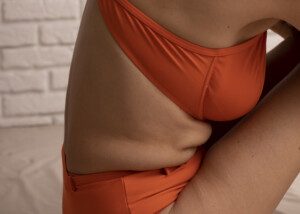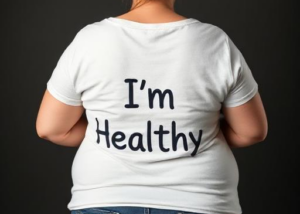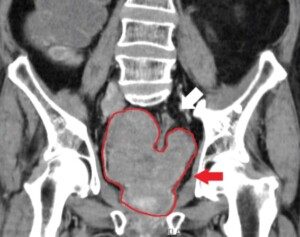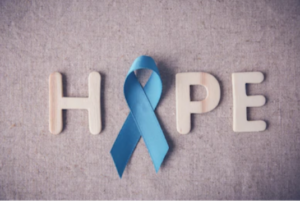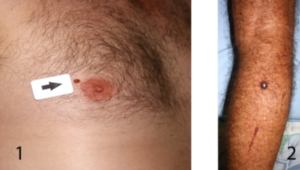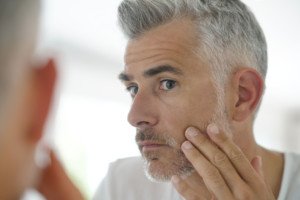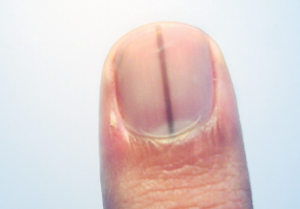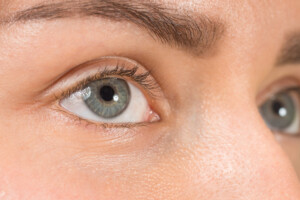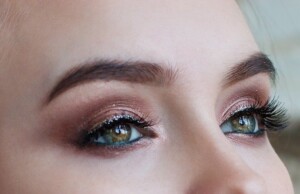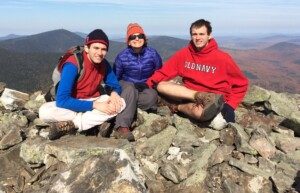
AI Image creation censor bots often generate the NSFW response when my requests pertain to the human body, particularly size.
The world we live in has become softer than Charmin.
The AI threshold bar for detection of “potentially harmful” or “toxic” requests is set WAY too low.
An example of how ridiculous this censorship is goes as follows:
I wanted to write an article about leg fidgeting. So I requested an illustration of a woman on a sofa using a computer, legs fidgeting.
The result showed the legs in a kicking motion with squiggly lines near them to indicate movement. Good.
The laptop was actually in her lap and not hovering above it. Good.
But her head was too big for her stubby short body, and her shins were crazy short; it looked like a caricature.
Several times I asked to “make the head proportionate to the body.” When that didn’t work, I asked, “Make her legs longer.”
That didn’t work, either. To get around this, I made a request for a “lean body with longer legs.”
Bing’s AI image generator then gave me the following response below:

Obviously, it was the “lean body” that triggered the AI to produce this highly unpalatable image result. Why was the AI programmed to think “lean body” was unsafe?
I then made a request for a “slender body with longer legs,” and the resulting image showed a fat body — with no change in leg length.
Prior to that, Bing’s AI image creation tool had given me the ugly dog result to some of my requests for “realistic photos” of “obese” women doing certain exercises — yet had no issue with serving up a fat body when I hadn’t requested one.
I write a lot of fitness and workout content. Some of it targets obese people (e.g., how to do the barbell squat, deadlift or incline barbell press to burn fat or feel empowered).
But free photo stock galleries come up quite short when I search for photos of very heavy people performing these types of exercises.
So I must use thin or buff models for these exercises. This isn’t as relatable to the obese person reading these articles.
I got really enthused upon discovering Bing’s AI software, because it produces a pretty decent human replicate.
At first, the software was accepting of my requests that contained the word obese.
Then suddenly, I got the rejection, along with that frightful looking dog. All I had requested was an “obese women doing squats with dumbbells.”
I’ve run into the censorship over body descriptions with other AI platforms: Freepik and DeepAI.
I’m betting that many fitness, weight loss and nutrition writers have run into the same problem.
The Charmin Culture
Our culture has become increasingly overprotective when it comes to how we talk about body size, even bodily health, particularly among teen girls and young women.
Conversations about weight, appearance and one’s self-image now often feel like walking on eggshells, as though any mention of these topics might cause harm to their mental health.
The wicked irony is that many of the influencers (who come in all shapes and weights), who fall into this Charmin category, encourage the use of heavy makeup – which contradicts their messages of “Love your body just as it is” and “Anyone can have body insecurities.”
This sensitivity has grown alongside a wave of social media influencers who discuss body positivity and self-acceptance.
Many of these influencers, despite having conventionally attractive bodies (e.g., the enviable height of 5’10 easily fitting into size 10 clothing), focus on showing how social media can distort perceptions of beauty.
For example, by revealing how posing or lighting can dramatically change one’s appearance (no kidding!).
While their intentions may be to promote authenticity, the result can sometimes feel paradoxical:
Young women who already fit society’s beauty standards are often the loudest voices warning of its pressures.
Young women who already fit society’s beauty standards are often the loudest voices warning of its pressures. Something deeper is going on here — but that’s a whole different article.
These young women with massive body insecurities – despite having a shape that most women would kill for – aren’t built that way by accident, either. They watch their diet (though they call this “intuitive eating”) and regularly do gym workouts.
- They don’t look great without some regimented effort.
- Yet they preach their paradoxical messages.
We are witnessing widespread body dissatisfaction on both ends of the continuum — from women with idealized figures struggling with insecurities, to women who feel alienated because of their larger size.
It raises difficult questions about whether our current approach to body image, though it seems well-meaning, may also be unintentionally fueling mental fragility rather than resilience.
And it’s because of all of this that AI is so strict about requests that include descriptions of a human body. I think even “flabby” got a request censored more than once.
Another nasty irony is that Microsoft’s Image Designer consistently creates noticeably underweight women when the request has absolutely nothing to do with health, size, weight loss or dieting.
Gee, if I request “woman strolling in the rain in a park,” the resulting body will likely be anorexic looking.
AI image tools should not be jumping onto the bandwagons of these hypocritical and wildly insecure and often over-privileged influencers.
There is nothing wrong, unethical or immoral about requesting specific body appearances to AI image creation platforms.
![]()

